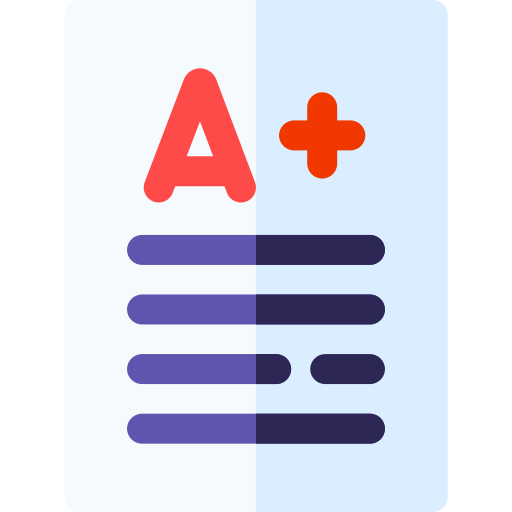وحدة trigonometric identities and equations الرياضيات منهج انجليزي الصف الثاني عشر عام
Verify Trigonometric Identities You have used trigonometric identities to rewrite expressions in equivalent and sornetimes more useful forms. Once verified, these new identities can also be used
to problems or to rewrite other trigonornetric expressums
TO an means to prove that sides Of the equation are equal for all values Of the variable for which both sides are defined. This is done by transforming the expression on one side Of the identity into the expression on the other side through a sequence of intermediate expressions that are each equivalent to the first. As with other typs of proofs, each step is justified by a reason, usually another verified identity or an aWbraic You will find that it is often easier to start the verification of a trigonometric identity Evginning on the side with the more complicated and working toward the less complicated expression
Graphing Technology Lab Reduction Identities
Another dentty iwdves tip sun or difference of ttp nwasures of an arWe aM a quadrantd arWe. This can austrated by conwing of funcims on the uni ecle
Activity 1 Use the Unit Circle
Use the unit circle to a identity graphicalW
Add a Graphs page. Zoom-Trig from the Window menu, and select Show Grid from Step the View rnenu. From the File menu under Tools, ch-kjse set the Display Digits to Float 2. and confirm that the angle is in radians
Select Points & Lines and then Point from the menu. Place a B'int at (1, O). Next, select and then Circle from the menu. TO construct a circle centered at the origin (1. O), click on the screen and define the center point at the origin. Move the cursor away from the center, and the circle will appear. Stop when you get to a radius of 1 and (1. 0) lies on the circle
Place a point to the right Of the circle on the x—axis, and label it A. Choose Actions and then and Equations from the menu, and then 'Ejuble- click the point to display its coordinates. From the Construction menu
» Measurement transfer. Selec x-coordinate of A. the circle, and the FR»int at (1, O). the B'int created on tlw circle as B and display its coordinates
With O as the origin. calculate and the measure Of LAOB. Text from the menu to write the expression a — Tnwn select Calculate from the Actions menu to calculate the difference Of the x-cxjrdinate Of A and It Move A along the x-axis. and the effect on the rneasure of LAOB
From the Construction menu, choose Measurement transfer. raxis and the value of a — 7. Label the point as C and display its rdinates. Using Measurement transfer again, the Of C, the Circle, and the at (I, O) Biint as D and display its coordinate Analyze the Results Location of A I mZAOB (radians)
Systems of Equations and Matrices
that Produce Equivalent Systems Each of the following produces an equvalent systetn of linear
• any two
Multiply one of the equations by a nonzero real number
Add a multiple of one equation to mother Elementary Row Operations Each of the row an equivalent matrix
• any two
• Multiply one row by a mnzero real
• Add a mulWe of one row to another row
Row-Echelon Form A matrix is in row-echelon form if the foU0wing conditions are met Rows consisting entirely of zeros M any at the tttom of the matrix
The first nonzero entry in a row is called
For two successive with nmzero entries, leading 1 in the higher row is farther to left than the 1 in loær row
Matrix Multiplication If A is an m xrrnatrix and B is an r x n matrix, then the pr"ctABisan m x n matrix obtained by adding the products of the entries of a rcm in A to the correscrxling entries of a column Properties of Matrix Multiplication For any matrices A, B, C for which the matrix product is defined and any scalar k. the following properties are true
You have learnj that many real -world situations exhibit over time and thus, can be mMeled by sinusoidal functions. Using transformations of the parent functions sin x and cos x, models can tk used to represent data, analyze and predict future values
While you are able to real-world situations using graphs of sine and cosine, differential oculus can be used to determine the rate that me model is changing at any point in time. Your knowledge of the difference qtntient. sum identities for sine and cosine. and ttp evaluatiort of limits now makes it possible to discover the rates of change for these functions at any point in time
Chapter Summary
Key Concepts (Lesson 5 -1)
identities are identities that involve trigmometric and to trigorwnetric valws
Trgorunetrk exmessions can by writing ttæ expressim terms of me trigmonptric or in terms and cosine only
Verifying Identities
Start with ttw more side of the identity to transform it into the simpler side
use rec.rxal. quotient. and ottpr trigononwtric identities
use as rewrMg as sums dittererxes. matiplying apressbns expressms
Convert a denominator of the form 1 ± u u ± 1 to a shgle term usng its and a
that can to solve trigommetric equations iglating the trigonmetric expression. takilg the square of each side, and identities can used to by rewriüng the equation using a sirWe tngonometric fmctim or by squaring each side to obtain an identity Sun and Difference Identities
Sum and differetxe can to find exact values of trigonometric ftnctims of angles
Sum and identitks can dso to rewrite a trigononpric as an Wtiple-Ar and Idenüties (Lesson 5-5)
identities can used to fnd the values of that Mherwise codd
Mean of a Probability Distribution To the Of a probablity distribution Of X. nwltipty each value Of X by its and find the sum of
Variance Standard Deviation of a Probability Distribution TO find the variarxe of a probablity distrbutiom subtract the mean of the probability distribution from each value and square the difference. Then multiply each difference by its probability and find the sum of the The standard deviation is the square root of trp variarxe
Binomial A is a e4Miment that satisfies following conditbns
The experiment is repeated for a fixed number Of independent trials
Each rial has only two gxysse outcomes. qxcess S fadure F
The of success p is the same in every trial. The probability of failwe PIE or q is 1
The raMom variable X represents the number Of successes in n trials




